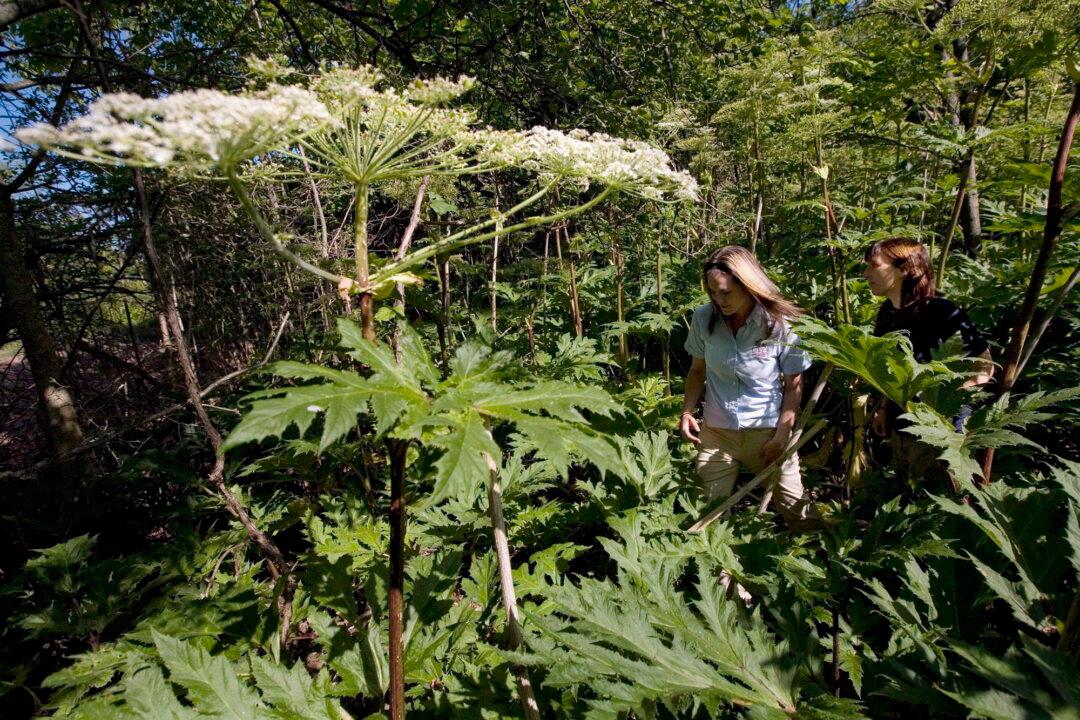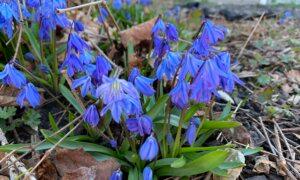Now that spring has finally sprung across much of Ontario, one invasive plant species in particular is in full throttle in the central and southern parts of the province.
Known as giant hogweed, this perennial plant can be found along roadsides and riverbanks as well as in ditches, fields, and open woodlands. A pervasive grower, the plant contains toxins that can cause severe skin inflammation and even temporary blindness if the plant’s sap comes in contact with the eye area.
“Established populations with the greatest potential to spread are mostly found south of the line between Ottawa and Parry Sound,” a fact sheet from the centre reads.
How to Spot Giant Hogweed
Native to eastern Europe and western Asia, giant hogweed was reportedly introduced to Canada as an ornamental plant. Similar in appearance to Queen Anne’s lace, this invasive species has a thick green stem marked by reddish-purple spots and wiry white hairs at the base of the leaf stock. From late spring to midsummer its head is crowned with clusters of tiny white flowers. It can stand between two and five-and-a-half metres tall when fully grown.“During the first year, the plant produces a rosette of leaves up to one metre high. After two to five years the plant produces flowers,” the ministry factsheet reads.
“Giant hogweed flowers once in its lifetime, unless the flower clusters are damaged before opening. Once the plant produces seeds it dies.”
Each plant can typically produce 50,000 seeds, but can create as many as 120,000 which can spread up to 10 metres on a windy day.
If you find the invasive plant on your property, the ministry recommends hiring a professional exterminator to remove it both for safety reasons and to ensure as few seeds as possible are spread.
The best time to remove the plant is in late April or early May when it is usually less than 30 centimetres tall, easier to dig up, and more susceptible to herbicides.
To tackle the job yourself, the ministry suggests donning protective waterproof gloves, a long sleeved shirt, pants, and eye protection. Wearing a disposable spray suit and waterproof gloves over top is also recommended.
To help mitigate the risk further, the ministry suggests washing your rubber gloves with soap and water, and then taking off your spray suit or outer clothing. Then, wash your rubber gloves again and then take them off. Remove your protective eyewear last.







